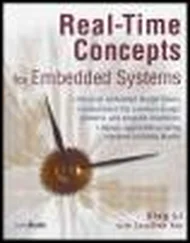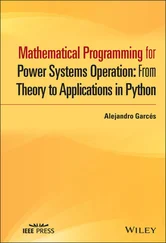Hence, adopting the synchronization mechanism of synchronous machines as the rule of law to govern SYNDEM smart grids is probably also the most natural option.
2.3 SYNDEM Legal Equality – Homogenizing Heterogeneous Players as Virtual Synchronous Machines (VSM)
Figure 2.3illustrates the approximate electricity consumption in the US, according to the US Electric Power Research Institute. Although there are many different loads, there are four main load types: motors that consume over 50% of electricity, internet devices that consume over 10% of electricity, lighting devices that consume about 20%, and other loads that consume the remaining 20% of electricity. It is well known that the adoption of variable‐speed motor drives, which are equipped with power electronic rectifiers to convert AC electricity into DC electricity at the front‐end, is able to significantly improve the efficiency of motor applications (Bose 2009). Hence, the 50% of electricity consumed by motors could actually be consumed by power electronic rectifiers. Internet devices consume DC electricity so the 10% of electricity consumed by internet devices is consumed by power electronic rectifiers as well. As to lighting devices, there is a clear trend in the lighting market to adopt LED lights, which also include power electronic rectifiers at the front end. Hence, in the future, the majority of electricity will be consumed by rectifiers, whatever the end function is.
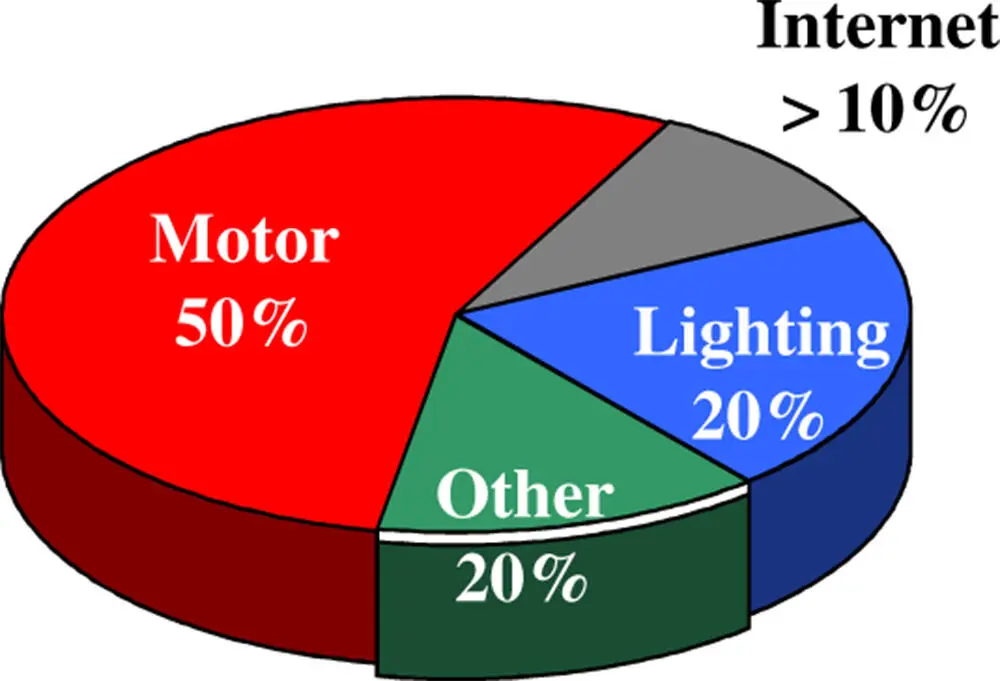
Figure 2.3Approximate electricity consumption in the US.
On the supply side, most DERs are connected to the grid through power electronic inverters. For example, wind turbines generate more electricity at variable speeds, which means the electricity generated is not compatible with the grid and power electronic converters are needed to control the generation and interaction with the grid. Solar panels generate DC electricity, which needs to be converted into AC electricity to make it compatible with the grid as well. Similarly, electric vehicles and energy storage systems also require power electronic converters to interact with the grid.
In transmission and distribution networks, more and more power electronic converters, such as HVDC (high‐voltage DC) links (Arrillaga 2008) and FACTS (flexible AC transmission systems) devices (Hingorani and Gyugyi 1999), are being added to electronically, rather than mechanically, control future power systems (Hingorani 1988) in order to reduce power losses and improve controllability. The US Department of Energy is developing a roadmap to strategically adopt solid state power substations (SSPS) to provide enhanced capabilities and support the evolution of the grid (Taylor et al. 2017).
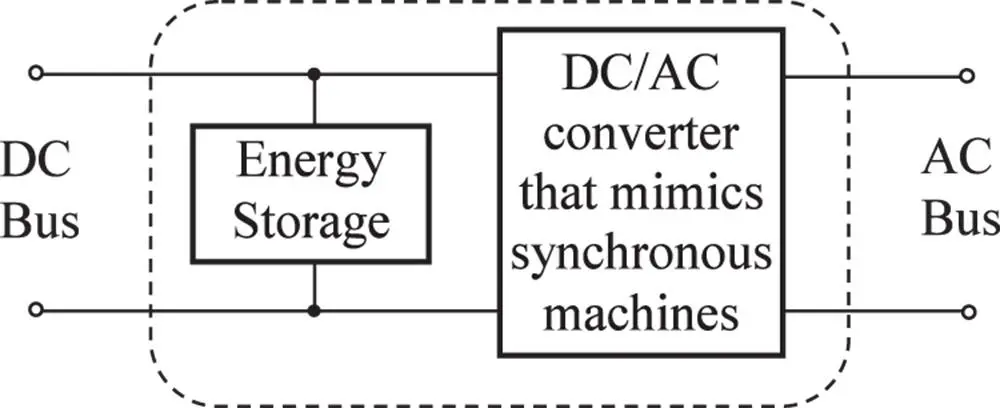
Figure 2.4A two‐port virtual synchronous machine (VSM).
Putting all the above together, future power systems will be power electronics based, instead of electric machines based, with a huge number of relatively small and non‐synchronous players at the supply side, inside the network, and at the demand side. Although these players are heterogeneous, they are all integrated with the transmission and distribution network through power electronic converters that convert electricity between AC and DC. If all these power electronic converters could be controlled to behave in the same way, then millions of heterogeneous players could be homogenized and equalized (in the sense of per unit, i.e. in proportion to the capacity), achieving legal equality. Even better, if these power electronic converters could be controlled to behave like synchronous machines, then they would possess the inherent synchronization mechanism of synchronous machines as well. Such converters are called virtual synchronous machines (VSMs) (Zhong 2016b) or cyber synchronous machines (CSMs) as coined in (Zhong 2017e).
A VSM is a DC/AC converter that mimics synchronous machines with a built‐in energy storage unit connected on the DC bus, as illustrated in Figure 2.4or on an additional port, as illustrated in Figure 19.1. The capacity of the energy storage unit can be large or small, depending on the magnitude and length of the power imbalance between the DC bus and the AC bus to be handled. For some applications, it is enough just to use the capacitors on the DC bus without adding an extra energy storage unit. The electricity can flow from the AC side to the DC side as a rectifier or, vice versa, as an inverter.
It is worth highlighting that operating power electronic converters as VSMs should not stop at the stage of simply mimicking conventional SMs but should advance to transcend conventional SMs. Power electronic converters can respond much faster than conventional SMs and possess much better controllability, which makes it possible for a VSM to transcend conventional SMs. This will be described in detail in later chapters.
2.4 SYNDEM Grid Architecture
2.4.1 Architecture of Electrical Systems
After homogenizing all heterogeneous players to achieve legal equality and equipping them with the synchronization mechanism of synchronous machines (SM) as a rule of law, the SYNDEM grid architecture is obtained and shown in Figure 2.5. All conventional power plants, including coal‐fired, hydro and nuclear power plants, are integrated to the transmission and distribution network through SM as normally done without any major changes. All DERs that need power electronic inverters to interface with the grid are controlled to behave as VSMs, more specifically, as virtual synchronous generators, to interact with the grid and all loads that have rectifiers at the front end are controlled to behave as VSMs, more specifically, as virtual synchronous motors. For HVDC links, the power electronic converters at both ends are controlled as VSMs, one as a virtual synchronous generator and the other as a virtual synchronous motor. This presents a unified, harmonized, and scalable architecture for future power systems. It is applicable to a system with one generation node and one load node or a system with millions of nodes.
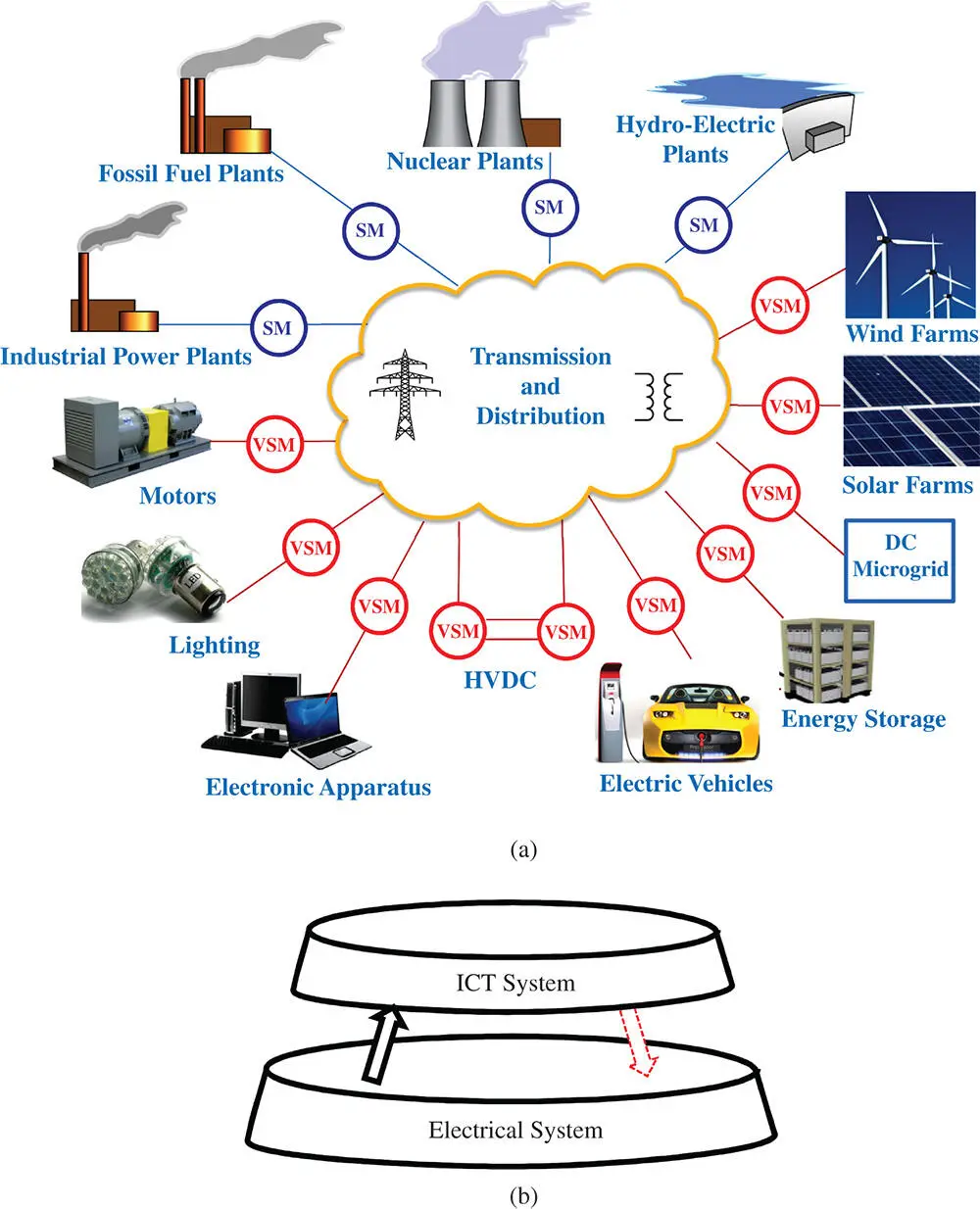
Figure 2.5SYNDEM grid architecture based on the synchronization mechanism of synchronous machines (Zhong 2016b, 2017e). (a) Electrical system. (b) Overall system architecture highlighting the relationship between the electrical system and the ICT system, where the dashed arrow indicates that it may not exist.
In such a power system, all power electronics based players, at the supply side, inside the network, and at the demand side, are empowered to actively regulate system stability in the same way as conventional power plants do, unlike in current power systems where only a small number of large generators regulate the system stability. Hence, this architecture is able to achieve the paradigm shift of power systems from centralized control to democratized interaction . Because the synchronization mechanism of SMs are inherently embedded inside all active players, they autonomously interact with each other via exchanging power through the electrical system. This paves the way for the autonomous operation of power systems, which means minimal human intervention is needed to maintain system operation within the designed frequency and voltage boundaries. For example, when a coal‐fired power plant is tripped off, the system frequency drops. All SMs/VSMs that take part in the autonomous regulation of system stability on the supply side would quickly and autonomously respond to the frequency drop and increase their power output in order to balance the power shortage. At the same time, all VSMs that take part in the autonomous regulation of system stability on the demand side would autonomously decrease power consumption to balance the power shortage. As a result, the frequency drop is reduced, which helps reduce the number of loads to be tripped off. If a new power balance cannot be reached after all generators reach the maximum capacity then some VSMs that serve non‐critical loads would further reduce the power intake until a new power balance is reached. Similarly, if a heavy load is turned off, all SMs/VSMs that take part in the autonomous regulation of system stability on the supply side would quickly and autonomously reduce the power output and all VSMs that can take part in the autonomous regulation of system stability on the demand side would autonomously increase power consumption to help reach a new power balance. The change of load power can be of short term or long term, depending on the types and functions of loads. Similarly, the variability of DERs can be taken care of by the players as well. As a result, a SYNDEM smart grid can prevent local faults from cascading into wide‐area blackouts, correcting the systemic flaw of power systems about local faults cascading into wide‐area blackouts.
Читать дальше




